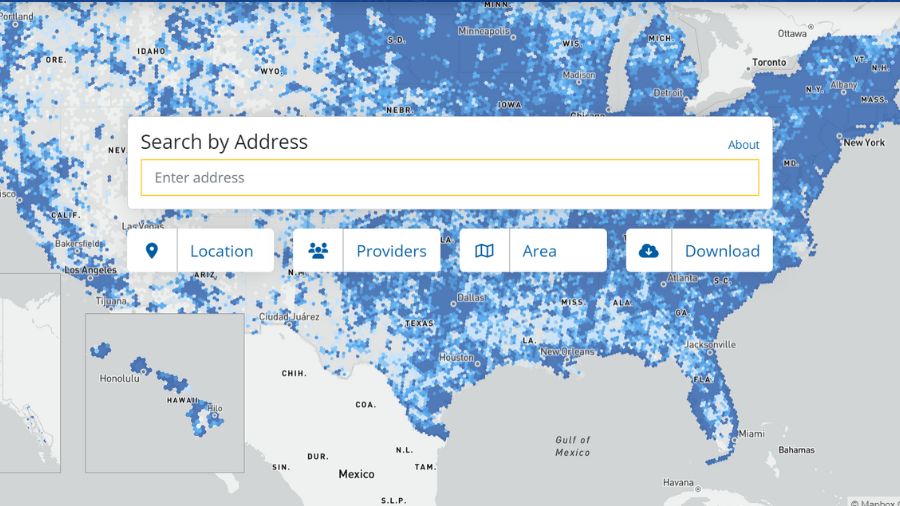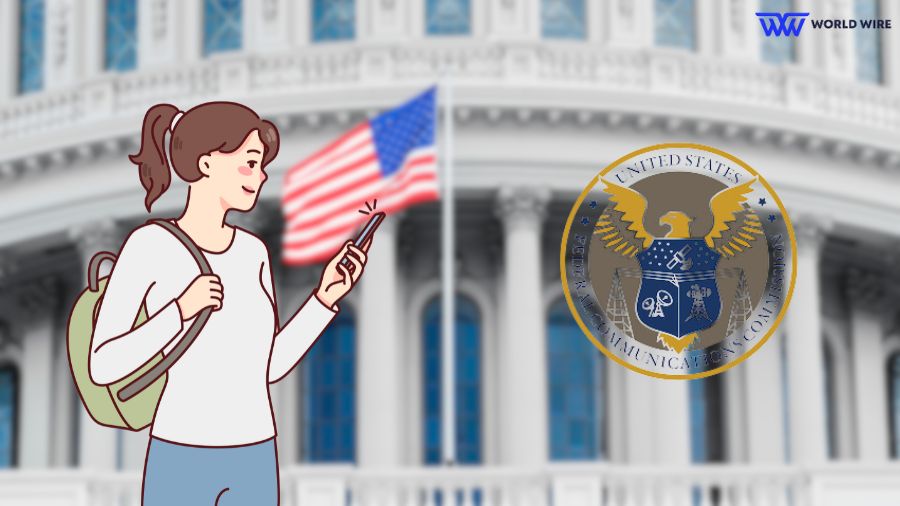The third version of the national broadband map, which represents coverage data provided by ISPs as of June 30, 2023, was released by the Federal Communications Commission (FCC) last week.
FCC Broadband Map (V3): Unserved Locations Drop Over 13% in Six Months
The Commission published an updated map version after releasing the first draught in November last year. In order to determine state allocations for the Broadband Equity Access and Deployment (BEAD) program, the NTIA used the most recent version of the map, which was published in May.
As stated by United States FCC Chair Jessica Rosenworcel, the number of places in the nation without access to high-speed broadband decreased to 7.2 million from 8.3 million in version 2, based on December 31, 2022 data. Over six months that represents a decrease of over 13%.
Rosenworcel wrote in a blog post, “Providers are connecting more locations to high-speed free government internet thanks to the commission’s Rural Digital Opportunity Fund and Connect America Fund, in addition to other federal, state and privately funded program and projects,”
She stated, “Since our last release, we’ve initiated mobile coverage audits in a number of states. We’ve also seen hundreds of corrections to provider-reported data based on FCC-initiated verification efforts.”
She further wrote, “Looking ahead, we expect that any changes in the number of locations will overwhelmingly reflect on-the-ground changes such as the construction of new housing,”
The FCC’s map offers public access to file locations or availability challenges and offers an in-depth look at broadband serviceable locations.
Rosenworcel claims that the FCC handled approximately 1.5 million location challenges and 4.8 million challenges to provider-reported availability.
Rosenworcel pointed out that there are now 115 million broadband-servable locations—an increase of 800,000 since version 2.

Other than freshly built locations, the FCC only anticipates adding a few missing locations for version 4, according to Rosenworcel’s blog post. In version 4, location data from several months prior will be combined with broadband availability as of the end of 2023.
In version 1 and version 2 of the map, almost 3 million broadband serviceable places were added, and nearly 2 million were removed for a net gain of 1 million locations.
Under NTIA’s guidance, each state will oversee the $42.5 billion BEAD rural broadband funding program. Version 2 of the FCC map served as the basis for state allocations for the BEAD program.
The FCC is pursuing further initiatives to narrow the digital gap in addition to the updated map. Final rules to “prevent” and “eliminate” digital discrimination were approved by the FCC this month.
The Commission also considers the national fixed broadband speed baseline to be increased from 25/3 Mbps to 100/20 Mbps.
The updated map can be viewed here through this link: https://broadbandmap.fcc.gov/home







Add Comment